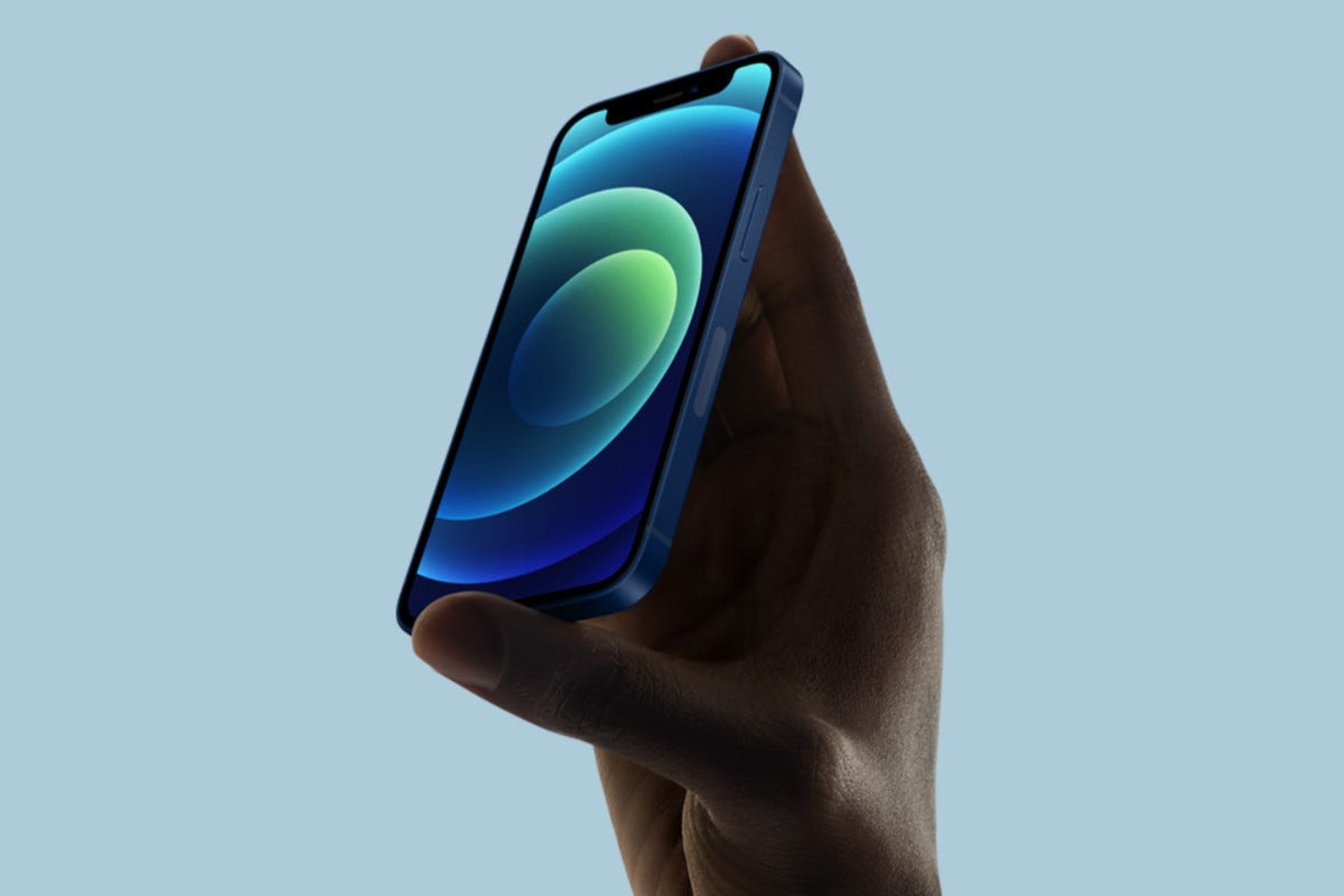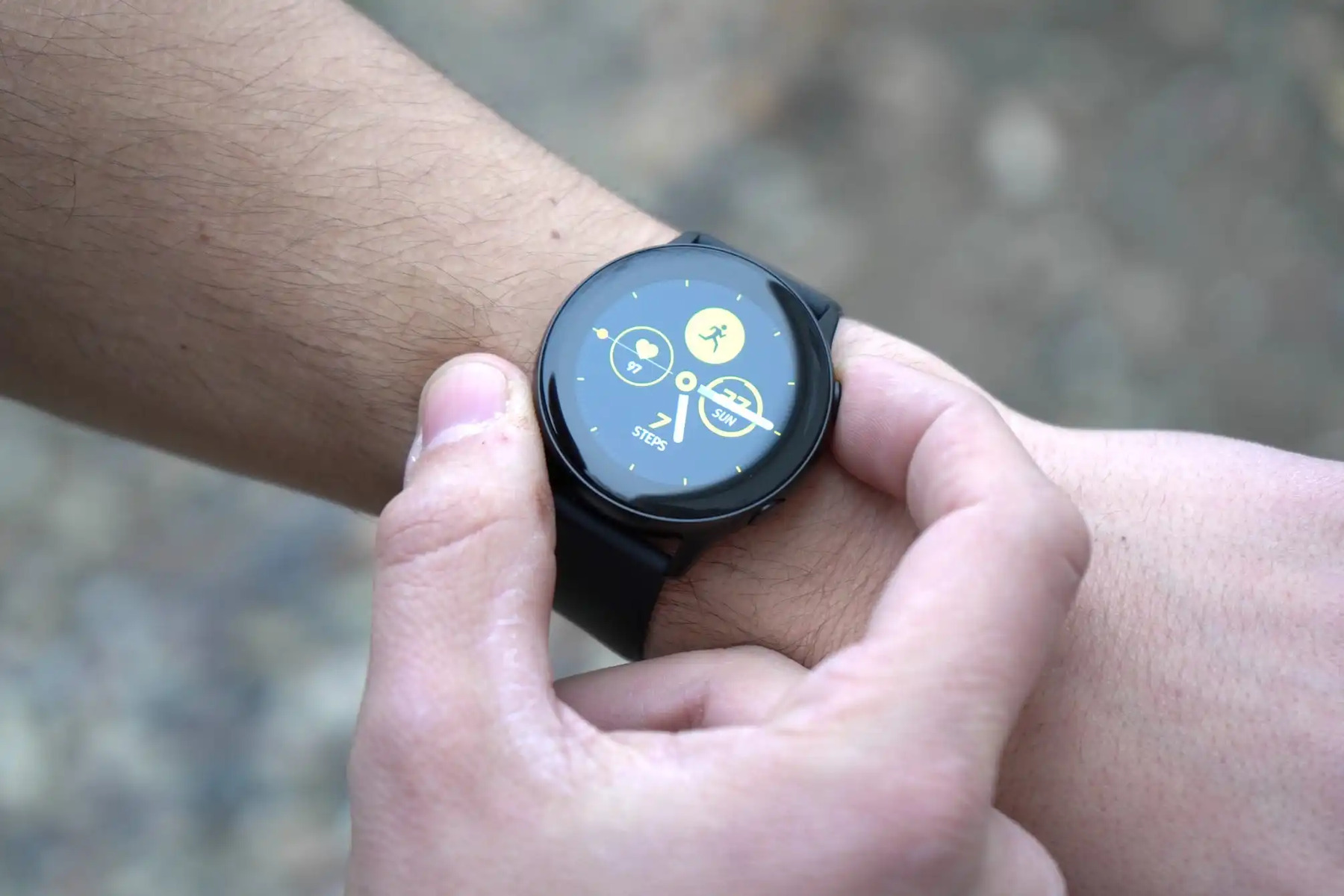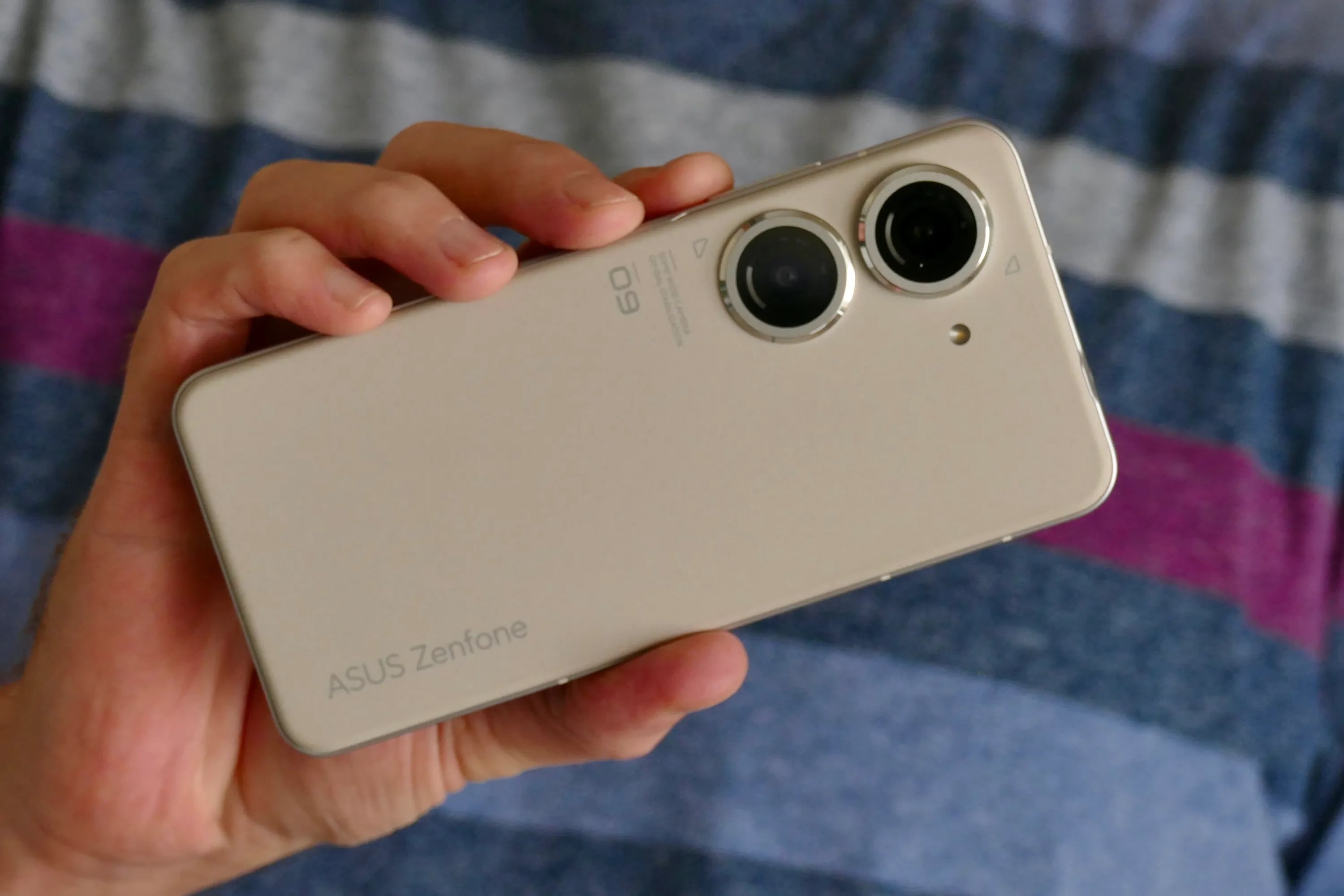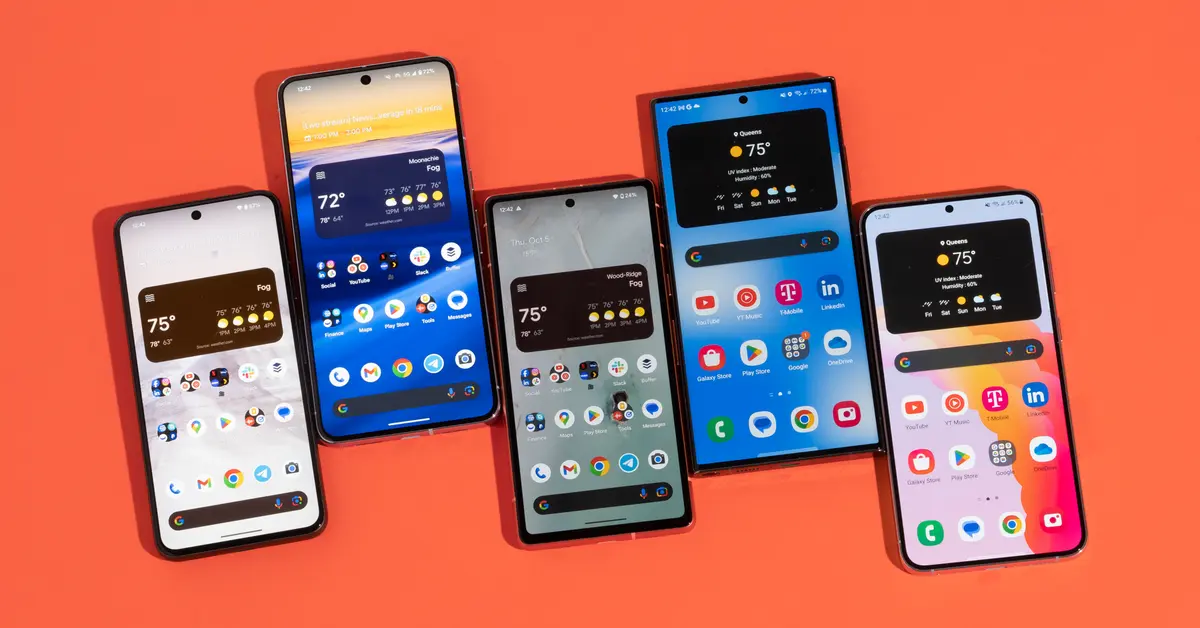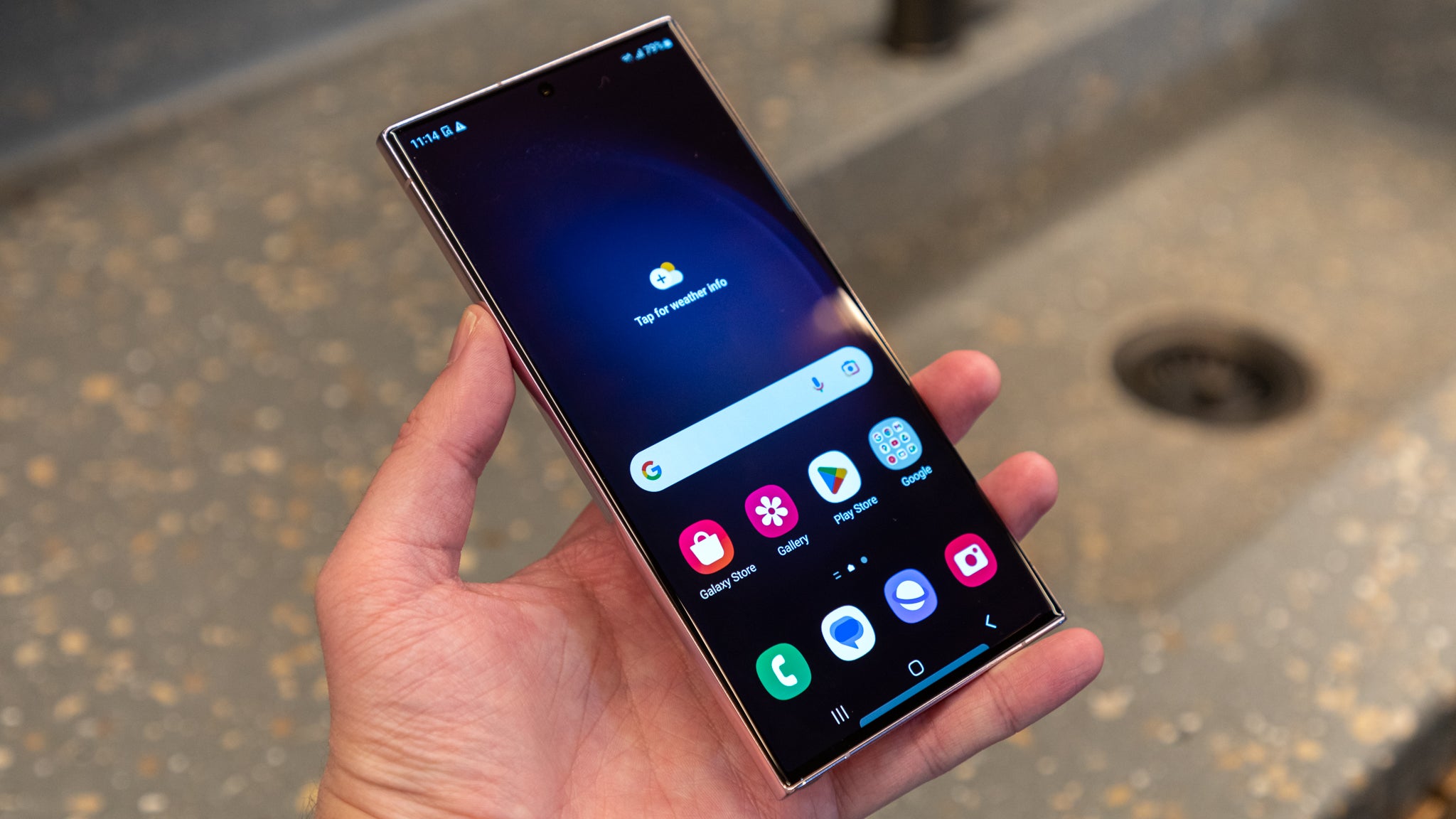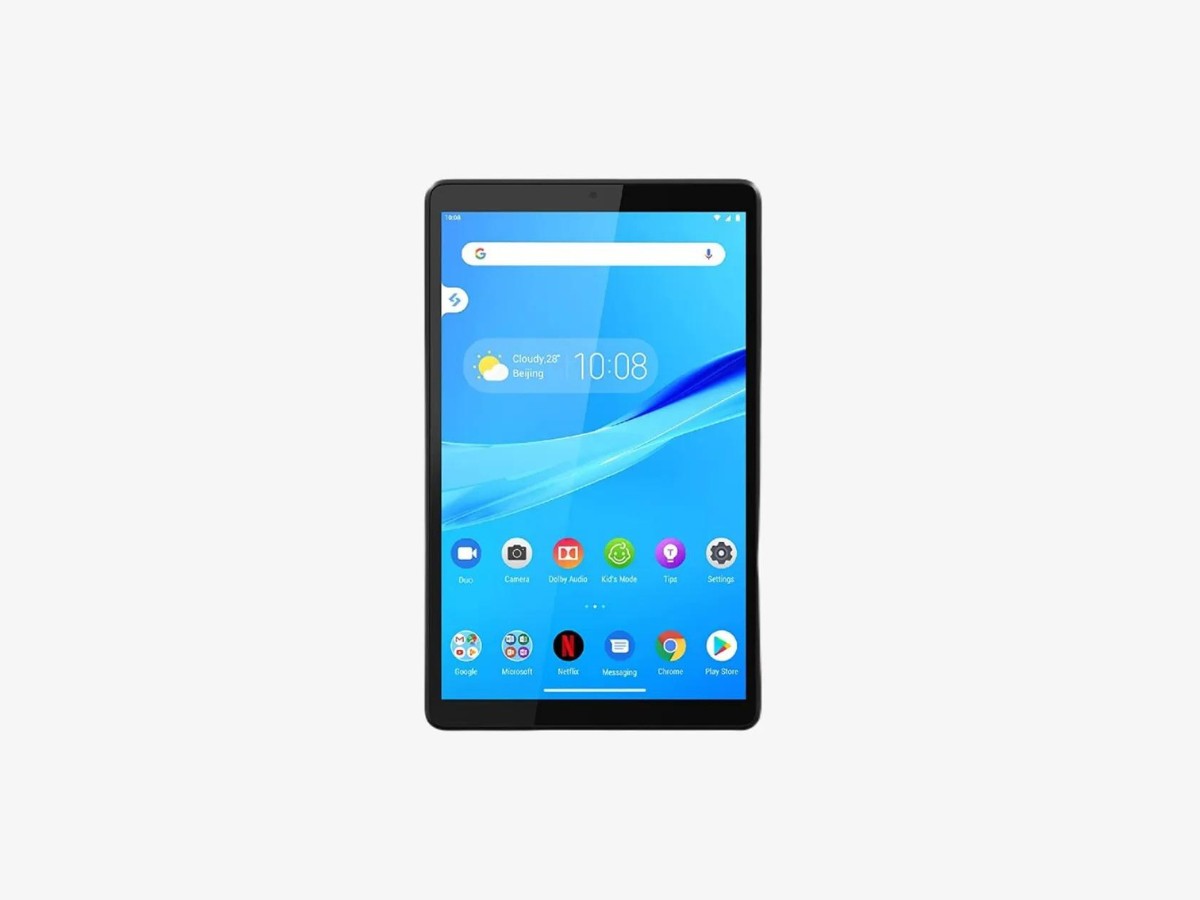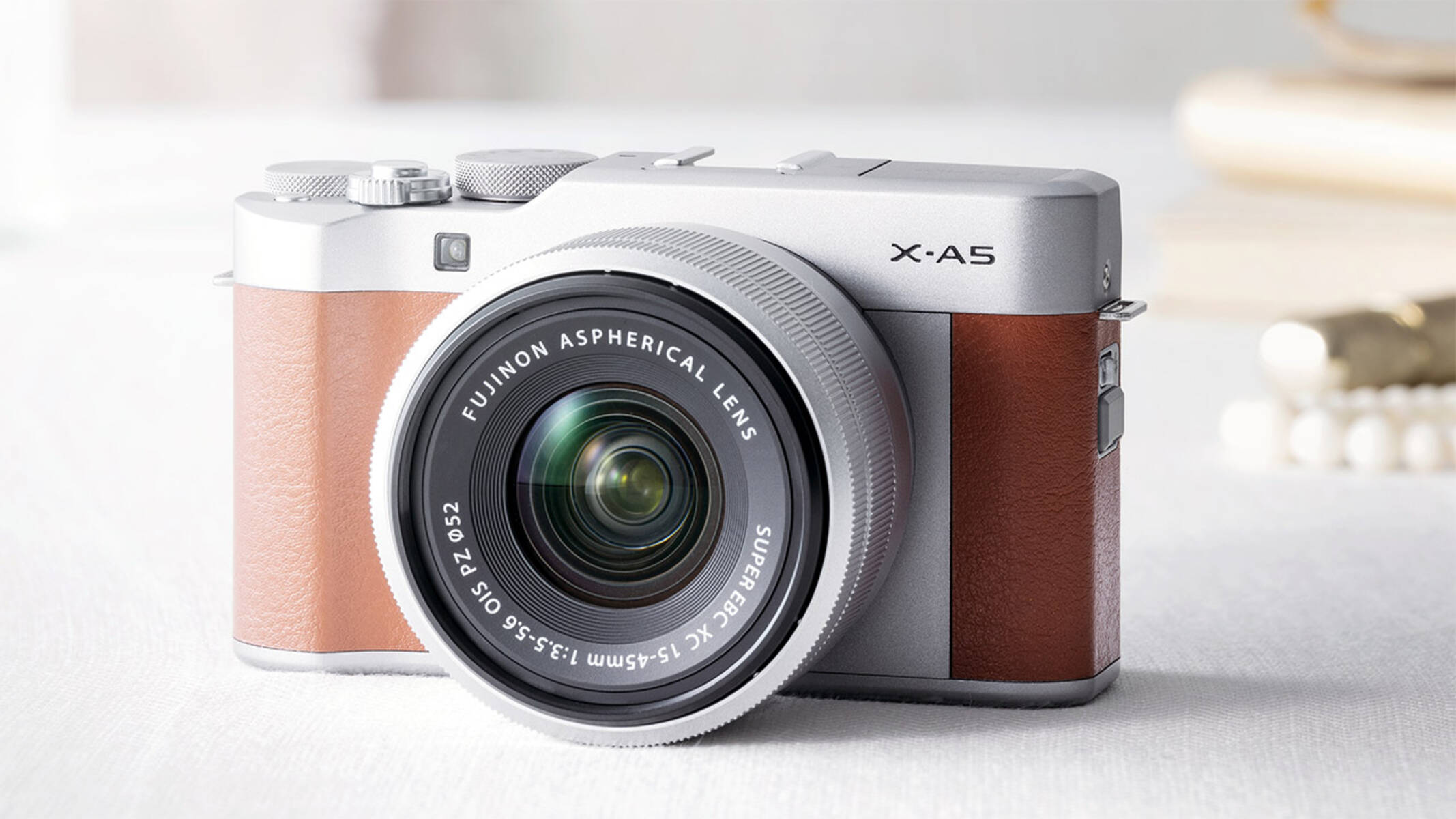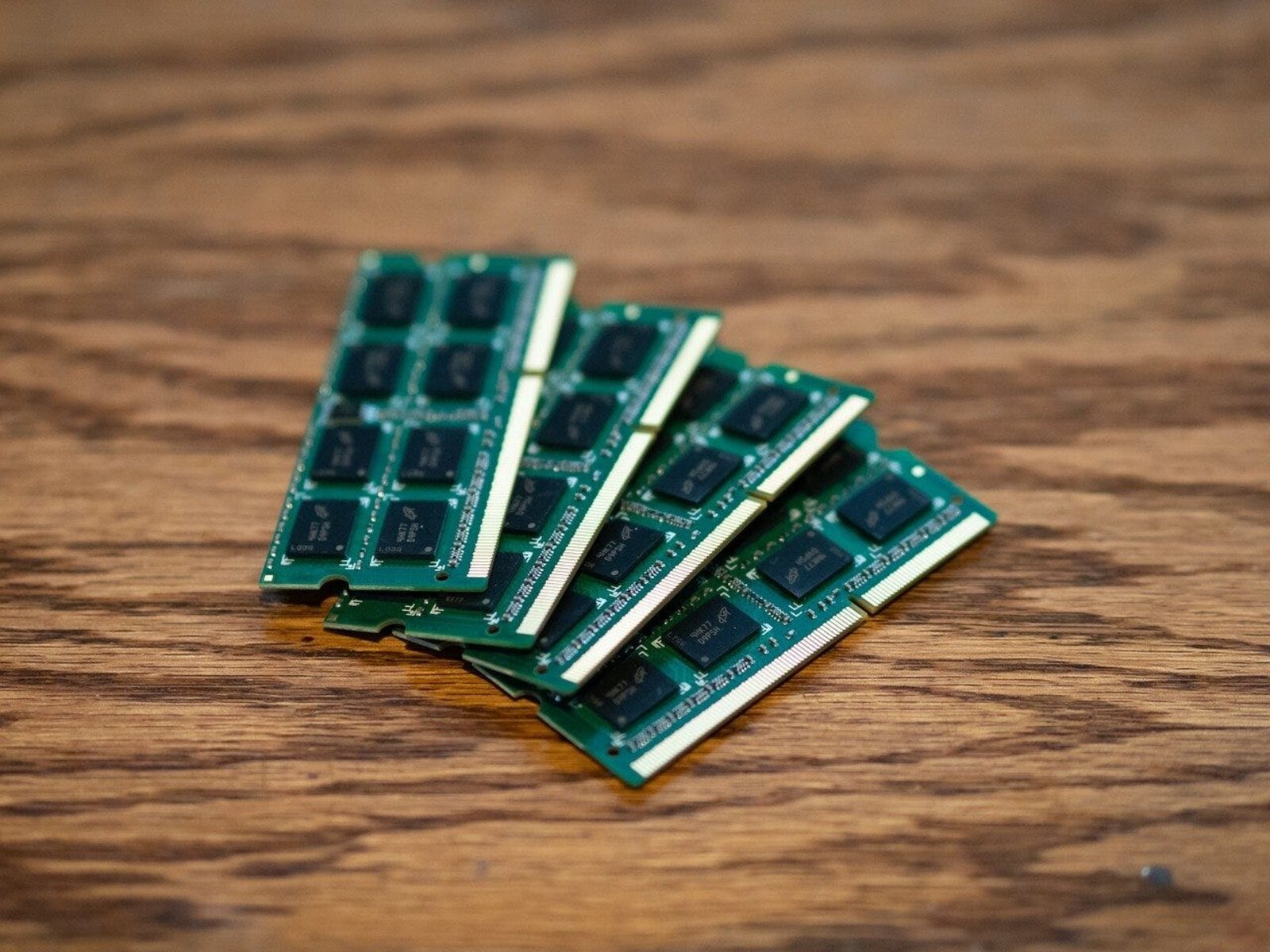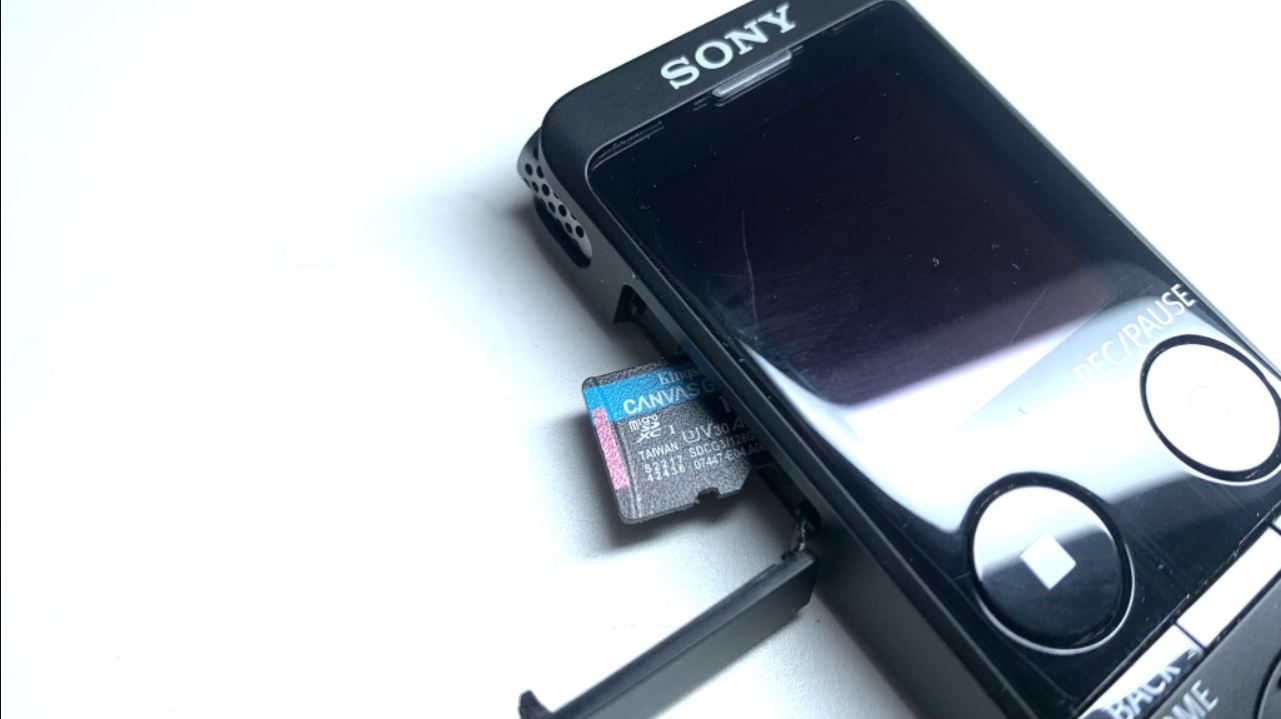Introduction
Smartphones have become an indispensable part of our lives, revolutionizing the way we communicate, work, and access information. Over the years, smartphones have undergone significant changes, with manufacturers vying to offer the latest features and cutting-edge technology. One aspect that has seen a considerable shift is the size of smartphones. While larger screens were once the trend, there has been a growing demand for smaller, more compact devices.
In this article, we will explore the concept of the smallest smartphones and delve into the factors that determine their size. We will discuss the advantages and disadvantages of small smartphones, explore the current market offerings, and examine the technological advancements that have made it possible to create compact yet powerful devices. Lastly, we will speculate on the future of small smartphones and its potential impact on the mobile industry.
As smartphones continue to shrink in size, it raises the question of what defines a device as the smallest smartphone. Is it solely based on the physical dimensions, or does it encompass other aspects such as screen size, weight, and overall usability? To better understand this, let’s dive into the various factors that determine the size of a smartphone.
Defining the Smallest Smartphone
When it comes to determining the smallest smartphone, it is crucial to consider more than just its physical dimensions. While the size of a smartphone is typically measured by its length, width, and thickness, other factors such as screen size, weight, and ergonomics also play a significant role.
Screen size is often a key consideration for many users, as it affects the overall user experience. While larger screens offer a better viewing experience for media consumption and multitasking, smaller screens provide a more compact and pocket-friendly form factor. As a result, a small smartphone may have a smaller physical size but still pack a decent screen size by utilizing edge-to-edge displays or innovative folding mechanisms.
In addition to screen size, the weight of a smartphone is another crucial factor in determining its size. A smaller device is expected to be lighter, making it more comfortable to hold and carry. However, manufacturers must strike a balance between reducing weight and maintaining durability and battery life.
Ergonomics also come into play when defining the smallest smartphone. A well-designed small smartphone should be easy to hold and operate with one hand, ensuring convenience and comfort. This may involve thoughtful placement of buttons, the use of ergonomic curves, and optimizing the user interface for efficient one-handed usage.
It is important to note that the definition of the smallest smartphone can be subjective, as different users have different preferences and requirements. For some, a compact device that easily fits in their pocket is crucial, while others may prioritize a larger screen size for enhanced media consumption or productivity. Ultimately, the smallest smartphone is a balance between physical size, screen size, weight, and ergonomics that caters to the diverse needs of users.
Factors to Determine the Size of a Smartphone
Several factors come into play when determining the size of a smartphone. These factors impact the overall design, usability, and portability of the device. Let’s explore some of the key considerations below:
1. Screen Size: The screen size is a crucial factor in determining the overall size of a smartphone. Larger screens offer a more immersive experience for media consumption, gaming, and productivity tasks. However, they also contribute to a larger device footprint. Manufacturers now employ innovative display technologies, such as edge-to-edge screens and notches, to maximize the screen-to-body ratio and minimize bezels, allowing for a larger display in a smaller form factor.
2. Aspect Ratio: The aspect ratio also plays a significant role in the overall size of a smartphone. Traditionally, smartphones used the 16:9 aspect ratio, but manufacturers have now shifted to taller aspect ratios like 18:9 or even 19:9. These elongated screens provide a more immersive viewing experience without significantly increasing the width of the device.
3. Bezels: The size of the bezels surrounding the screen can affect the overall dimensions of a smartphone. Smaller bezels allow for a larger display area without increasing the device’s physical size. Bezel-less designs have gained popularity, as they offer a more modern and premium look.
4. Form Factor: The form factor of a smartphone, including its thickness, weight, and overall shape, contributes to its size. Slimmer devices are generally more compact and easier to carry. However, maintaining a balance between slimness and necessary components, such as batteries, can be a challenge. Manufacturers often employ lightweight materials like aluminum alloys or carbon fiber to reduce weight without compromising durability.
5. Internal Components: The size and arrangement of internal components, such as processor, memory, and battery, play a significant role in determining the overall size of a smartphone. Advancements in technology have allowed manufacturers to create smaller and more efficient components, leading to thinner and lighter devices.
6. Ergonomics: The ergonomic design of a smartphone is crucial for providing comfort during daily usage. Factors such as button placement, curved edges, and the overall shape of the device impact how it feels in hand. A well-designed ergonomic phone can improve one-handed usage and overall usability.
By considering these factors, manufacturers can strike a balance between size, performance, and user experience, offering smartphones that cater to a wide range of preferences and needs.
The Advantages and Disadvantages of Small Smartphones
Small smartphones have gained popularity among users for their compact form factor and portability. However, they also come with their own set of advantages and disadvantages. Let’s explore them in detail below:
Advantages:
- Portability: Small smartphones are easy to carry, fitting comfortably in pockets or small bags. This makes them convenient for users who are constantly on the go.
- One-handed usage: With their smaller size, small smartphones are easier to operate with just one hand. This allows for improved convenience and multitasking.
- Comfort: The compact form factor of small smartphones makes them comfortable to hold and use for extended periods, reducing strain and fatigue.
- Discreetness: Small smartphones are less conspicuous and can be discreetly used in public situations, ensuring privacy and minimizing attention.
- Cost-effective: Small smartphones often come at a lower price point compared to larger flagships, making them a more affordable option for budget-conscious consumers.
Disadvantages:
- Screen size limitations: Smaller smartphones typically have smaller screens, which can affect the user experience, especially for tasks like multimedia consumption or gaming.
- Limited battery life: Due to their smaller size, small smartphones have limited space for batteries, resulting in shorter battery life compared to larger devices.
- Compact keyboards: The smaller size of the smartphone can lead to a more cramped keyboard, making it challenging for users with larger hands to type comfortably.
- Limited processing power: Small smartphones may have limitations in terms of processing power and memory capacity, which can impact overall performance for intensive tasks.
- Limited storage: The smaller size of small smartphones may result in limited storage capacity, requiring users to rely on cloud storage or external options.
While small smartphones offer portability and convenience, they may not be the ideal choice for users who prioritize a larger screen, extensive battery life, or powerful performance. It is essential for users to consider their specific needs and preferences when deciding whether a small smartphone is the right fit for them.
The Smallest Smartphones in the Market
As the demand for compact smartphones continues to grow, manufacturers have introduced a variety of small-sized devices that offer a balance between portability and functionality. Let’s explore some of the smallest smartphones currently available in the market:
1. Apple iPhone SE (2020): The iPhone SE packs a powerful punch in a small form factor. With its 4.7-inch display, it offers a compact design reminiscent of earlier iPhone models, making it a popular choice for those who prefer a smaller device without compromising on performance and features.
2. Google Pixel 4a: Google’s Pixel 4a features a 5.81-inch OLED display, striking a balance between screen size and compactness. It offers excellent camera capabilities, smooth performance, and the pure Android experience.
3. Samsung Galaxy S21: The Galaxy S21 from Samsung boasts a 6.2-inch display but still manages to maintain a compact size due to its slim bezels and sleek design. It combines flagship-level performance with a smaller form factor, appealing to users who desire a compact smartphone without sacrificing features.
4. Sony Xperia 5 II: Sony’s Xperia 5 II is a compact powerhouse with a 6.1-inch display. It offers a 21:9 aspect ratio, making it tall and narrow, resulting in a more manageable device size for one-handed use. The Xperia 5 II is known for its exceptional camera capabilities and audio performance.
5. OnePlus 9: The OnePlus 9 features a 6.55-inch display, striking a balance between size and functionality. Its slim design and seamless user interface make it a top choice for those seeking a compact flagship smartphone.
These are just a few examples of the smallest smartphones available in the market. It is worth noting that the size of the device may vary based on individual preferences and what is considered small for different users. Additionally, advancements in technology continue to push the limits of compactness, with future devices likely to offer even smaller form factors and innovative designs.
Technology Advancements in Small Smartphones
Over the years, technology advancements have played a significant role in making small smartphones more powerful, feature-rich, and capable. These advancements have led to significant improvements in various aspects of small smartphones, including performance, battery life, camera capabilities, and connectivity. Let’s explore some of the notable technology advancements in small smartphones:
1. Efficient Processors: Small smartphones now come equipped with highly efficient processors that offer improved performance and reduced power consumption. Chipsets like Qualcomm Snapdragon and Apple A-series processors ensure smooth multitasking, enhanced gaming experiences, and efficient power management, making small smartphones more powerful and capable than ever before.
2. Compact Batteries with Fast Charging: Advancements in battery technology have allowed manufacturers to pack more power into smaller batteries. Small smartphones now come equipped with batteries that provide longer battery life and faster charging speeds. This ensures that users can stay connected and productive on the go without worrying about running out of battery.
3. Artificial Intelligence (AI) Enhancements: AI has had a significant impact on small smartphones, enhancing various aspects of the user experience. AI-powered features such as image recognition, voice assistants, and smart recommendations improve camera performance, voice commands, and app suggestions, respectively. These advancements make small smartphones smarter, more intuitive, and user-friendly.
4. High-Quality Camera Systems: Small smartphones now feature advanced camera systems that offer professional-level photography capabilities. Multiple lenses, optical image stabilization, and computational photography techniques allow users to capture stunning photos and videos. Night mode and AI enhancements have improved low-light performance, making small smartphones a viable alternative to dedicated cameras.
5. Connectivity Options: Small smartphones support a wide range of connectivity options, including 5G, Wi-Fi 6, and NFC. The integration of these advanced connectivity technologies ensures faster download and upload speeds, seamless streaming, and enhanced overall connectivity, allowing users to stay connected wherever they go.
6. Edge-to-Edge Displays and Foldable Technologies: Manufacturers have embraced innovative design approaches to maximize screen size while minimizing the overall footprint of small smartphones. Edge-to-edge displays with slim bezels provide a larger viewing area without increasing the device’s physical dimensions. Additionally, foldable smartphones offer the ability to have a larger display that can be easily folded down to a more compact size, offering the best of both worlds.
These technology advancements have transformed small smartphones into powerful and feature-rich devices, empowering users with a compact form factor without sacrificing performance and capabilities. As technology continues to evolve, we can expect more innovations that will further enhance the user experience of small smartphones.
The Future of Small Smartphones
As technology continues to evolve, the future of small smartphones holds exciting possibilities. Manufacturers are constantly pushing the boundaries of innovation, seeking to create even smaller, more powerful, and feature-rich devices. Here are some trends and potential developments we can expect in the future of small smartphones:
1. Advancements in Foldable Technology: Foldable smartphones have already made their debut in the market, but we can anticipate further advancements in this area. Manufacturers will likely refine the design and durability of foldable displays, making them more practical and accessible to a wider range of users. These devices will allow for a larger screen real estate when needed while remaining compact for everyday use.
2. Miniature Sensors and Components: Future small smartphones will benefit from further miniaturization of sensors and components. This will free up more space for other features or allow for even smaller form factors. Miniature sensors, such as fingerprint sensors and facial recognition technologies, will become more seamless and integrated into the smartphone design.
3. Increased Integration of AI and Machine Learning: Artificial intelligence and machine learning will play an increasingly significant role in small smartphones. AI algorithms will continue to enhance various features, such as camera capabilities, user interface personalization, and voice assistants. These advancements will improve the overall user experience, making small smartphones more intuitive and efficient.
4. Enhanced Battery Technologies: As smartphones become smaller, battery technologies will need to catch up to ensure longer battery life. Manufacturers will focus on improving battery efficiency and capacity, allowing small smartphones to provide extended usage time and reducing the need for frequent charging. Advancements in fast-charging technologies will also continue, allowing users to quickly charge their devices on the go.
5. Innovative Design Approaches: The future of small smartphones will witness constant innovation in terms of design approaches. Manufacturers will experiment with new materials, form factors, and ergonomics to create visually appealing and user-friendly devices. Edge-to-edge displays, bezel-less designs, and unique folding mechanisms will become more commonplace, offering users a seamless and immersive viewing experience.
6. Integration of Mixed Reality: With the growth of augmented reality (AR) and virtual reality (VR) technologies, small smartphones will likely integrate these capabilities more seamlessly. Users will be able to enjoy immersive AR experiences and interactive VR content directly from their compact devices. This integration will open up new possibilities for entertainment, gaming, education, and professional applications.
The future of small smartphones is bright, with ongoing advancements and innovations aimed at delivering powerful, compact devices that cater to the needs and preferences of users. With each iteration, small smartphones will become more capable, providing a compelling alternative to larger devices without compromising on features or performance.
Conclusion
In conclusion, small smartphones have emerged as a popular choice for users seeking a balance between compactness and functionality. Advancements in technology have allowed manufacturers to create powerful and feature-rich devices in a smaller form factor. Factors such as screen size, weight, ergonomics, and internal components play a crucial role in determining the size of a smartphone.
The advantages of small smartphones include portability, one-handed usage, comfort, discreetness, and cost-effectiveness. However, they may have limitations in terms of screen size, battery life, compact keyboards, processing power, and storage capacity.
In the market, there is a range of small smartphones available to cater to different user preferences. These devices offer a combination of compactness, performance, and advanced features. Notable options include the iPhone SE, Google Pixel 4a, Samsung Galaxy S21, Sony Xperia 5 II, and OnePlus 9.
Technology advancements have played a significant role in the evolution of small smartphones. Efficient processors, compact batteries with fast charging, AI enhancements, high-quality camera systems, and cutting-edge connectivity options have enhanced the performance and capabilities of small smartphones.
Looking ahead, future small smartphones are expected to feature advancements in foldable technology, miniature sensors and components, increased integration of AI and machine learning, enhanced battery technologies, innovative design approaches, and the integration of mixed reality experiences.
As technology continues to evolve, small smartphones will become even more powerful and packed with features, offering users a compelling alternative to larger devices without compromising on performance or functionality. Whether you prefer a small smartphone for its portability or are looking for a device that balances compactness and power, the future of small smartphones holds great promise for all types of users.







